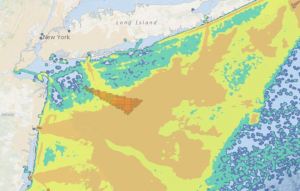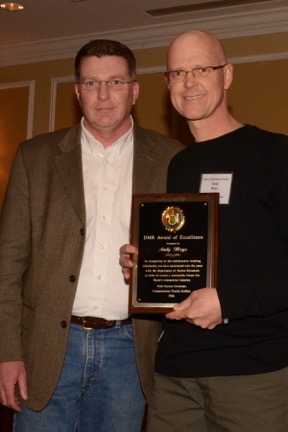March 17, 2016 — NEW YORK — Federal officials on Wednesday dedicated more than 125 square miles in the waters off the coast of Long Island for the development of commercial wind energy, pushing forward a renewable energy proposal initially created by New York utilities.
Interior Secretary Sally Jewell said the state has “tremendous” offshore wind potential.
“Today’s milestone marks another important step in the president’s strategy to tap clean, renewable energy from the nation’s vast wind and solar resources,” she said in a statement.
The Long Island Power Authority, New York Power Authority and Con Edison initially went to the Bureau of Ocean Energy Management in 2011 with the proposal to build the farm in the Atlantic Ocean that would include up to 200 turbines generating about 700 megawatts of energy capable of powering about 245,000 homes. The price tag was estimated at between $2 billion and $4 billion.
Read the full story from the Associated Press at ABC News


